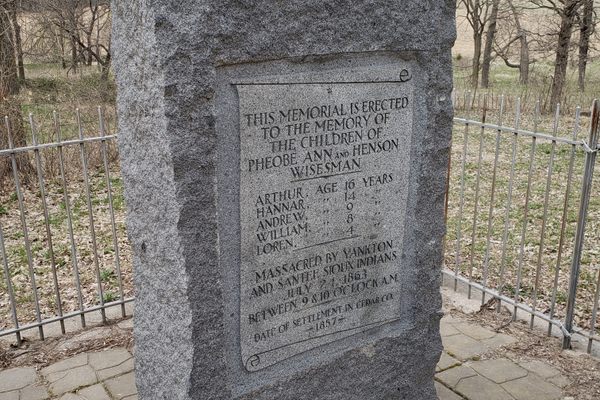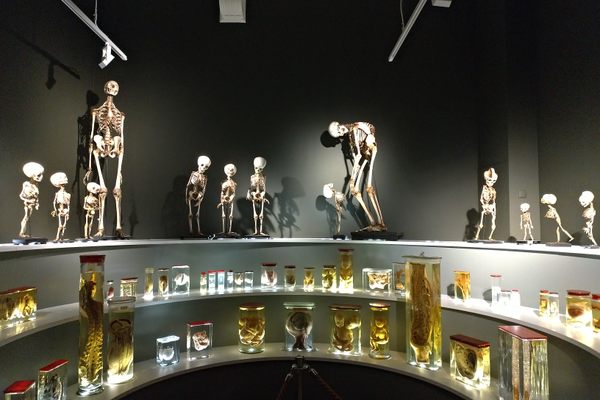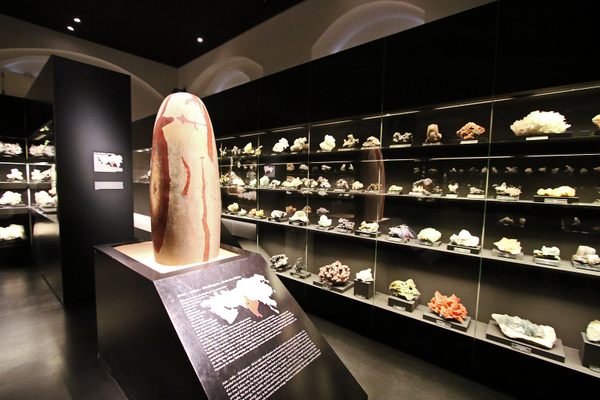National Music Museum
One of the world's most definitive collections of musical instruments, spanning all cultures and historical periods.
When mention is made of a “musical Smithsonian” in the middle of South Dakota’s plains, incredulity is a perfectly natural reaction. But as it turns out, the National Museum of Music not only lives up to this reputation, but shatters one’s expectations, all while maintaining that specific sort of cultural modesty befitting such a jewel set in the brag-averse Midwest. It is no exaggeration to say that every single thing located inside the museum is a treasure.
In order to fully appreciate the magnitude and rarity of the National Music Museum’s collection, one must first take a moment to consider the following: saxophones did not always simply exist, someone had to invent them. That man was one Adolphe Saxe, and one of his two earliest creations still alive in the world resides within the walls at Vermillion. Keeping it company is a lovely pea-green, French grand piano that happens to be the earliest surviving one in existence, the world’s oldest harpsichord (from 1530) and the Amati “King” cello, an intricately painted, 500-year-old specimen believed to be the oldest example on the planet.
Beyond such classically moving instruments, which demonstrably changed Western sound and music as we know it, the National Music Museum’s nearly 15,000-piece collection spans cultures and creations from across the globe. Among these are super rare sound-makers, like one of two double-chromatic harps in the world, built by Henry Greenway around 1890, or a sort of double-blasting French horn thing called the “Echo horn,” made specifically for German composer Theodore Hoch in 1897. Zithers and drums and flugelhorns are flanked by ornamental woodwinds, with specimens hailing from all six permanently inhabitable continents and their outlying islands.
Should none of the above suitably occupy the less impressed museum-goers in your crew, a full display of the world’s rarest guitars, including Fenders and a gilded Gibson Les Paul should pacify those whose entree into history works best in reverse.
No wonder Museum Director and keyboard specialist Cleveland T. Johnson only half-jokingly suggested to a New York Times reporter that a more fitting name for the place would be “the Shrine,” after the beatific expressions repeatedly found on the faces of pilgrims approaching the museum’s steps.
Community Contributors
Edited by
Plan Your Trip
The Atlas Obscura Podcast is Back!
























Follow us on Twitter to get the latest on the world's hidden wonders.
Like us on Facebook to get the latest on the world's hidden wonders.
Follow us on Twitter Like us on Facebook